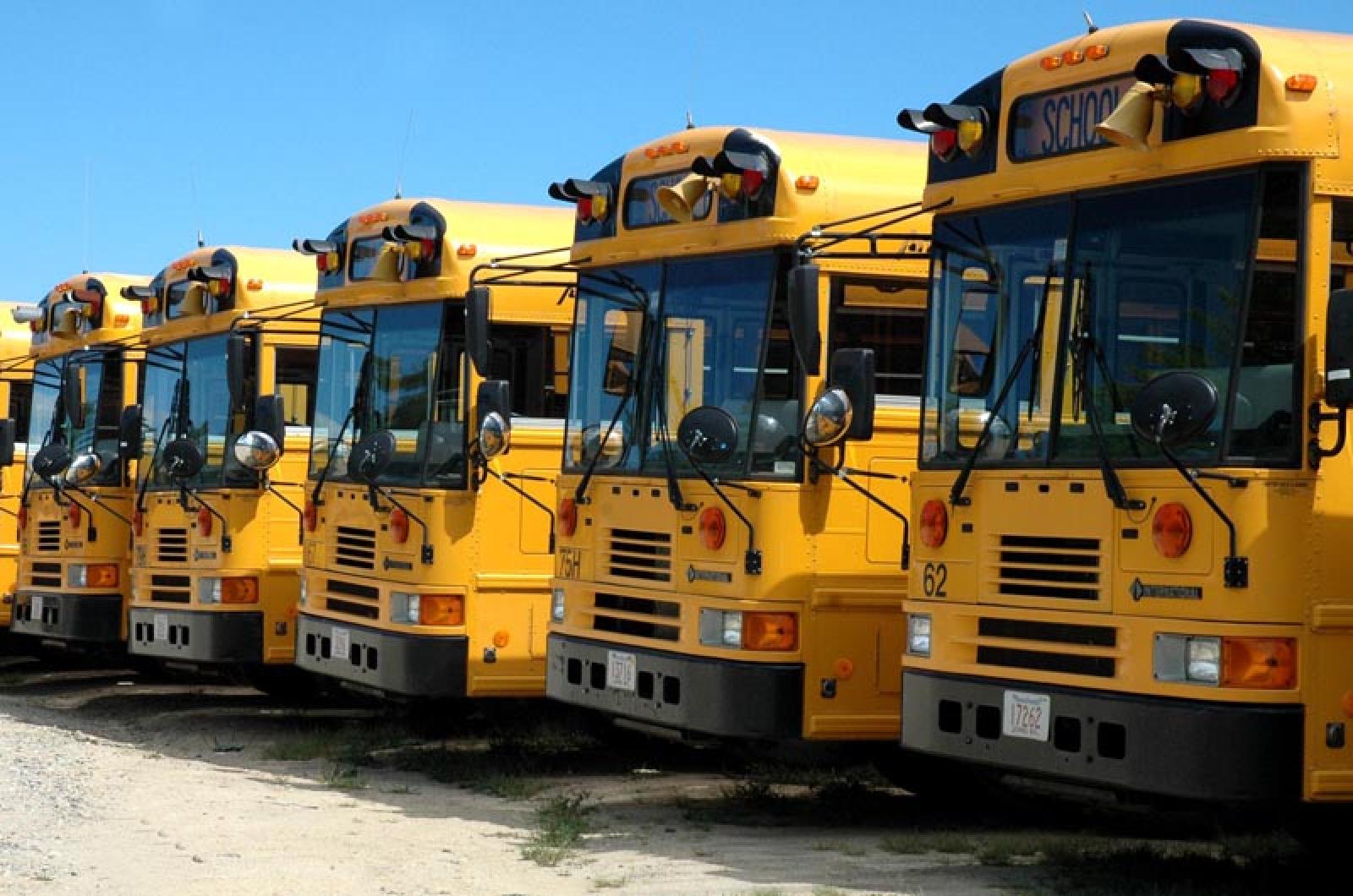This is budget season for the Vineyard public schools, and already two budgets have fairly sailed through the initial approval process, a credit to freshman superintendent Dr. Matthew D’Andrea, who has made good on his pledge to streamline costs where he can. School spending makes up the lion’s share of every town budget on the Island, and costs have risen steeply over the years.
Balancing the needs of students, the welfare of public school employees and the concerns of taxpayers is difficult under any circumstances. And while the towns often squawk that their control over school spending is limited, Mr. D’Andrea could reasonably say the same thing. A state commission recently confirmed that Chapter 70, the statewide funding formula that is supposed to reimburse local governments for education costs, has failed to keep pace with increasing health care and special education costs. The result is that school districts must pay the difference or cut elsewhere.
On the Vineyard, a three-year contract that establishes salaries for public school teachers and sets the standard for other school employee groups is now being renegotiated by an Islandwide citizen team. With salaries accounting for most of the cost of education, the results of those negotiations could have a major impact on the budgets that reach town meeting floor in the spring.
Moreover, many of the Island’s schools are in urgent need of major infrastructure improvements, starting with the regional high school. School leaders recently spent a hundred and fifty thousand dollars on five studies focusing on different areas of the high school, including HVAC systems, windows, doors, exterior walls and the outdoor track that is part of the school athletic complex. The studies identified upwards of ten million dollars in needed work throughout the building complex that houses students in grades nine through twelve.
Budgets presented so far by the administration show just how tricky balancing interests can be. At the high school this year, acting principal Margaret (Peg) Regan, who drafted the budget, had proposed modest cutbacks in administration including the elimination of the special education director. This week after some push back from parents and teachers, the position was not eliminated, but will be closely evaluated for the remainder of the year. Two other positions — a second assistant principal and physical education teacher — will not be filled following retirements. These small cutbacks sound sensible, especially against a backdrop of falling enrollment, but subtraction in education is seldom done without a fight.
Just as hard is the question of how to pay for upgrades and repairs that have been kicked down the road for a few too many years. A subcommittee charged with studying and evaluating the problem has been holding regular public meetings. The next one is scheduled for January seventh at seven o’clock in the high school performing arts center.
Given the complexity of school funding and the obvious need to address students’ physical safety, taxpayers should gird themselves for another few years of rising school costs. The superintendent’s focus on efficiency in this context is admirable, and those who would express their frustration need to understand that there is only so much he can do.




Comments
Comment policy »